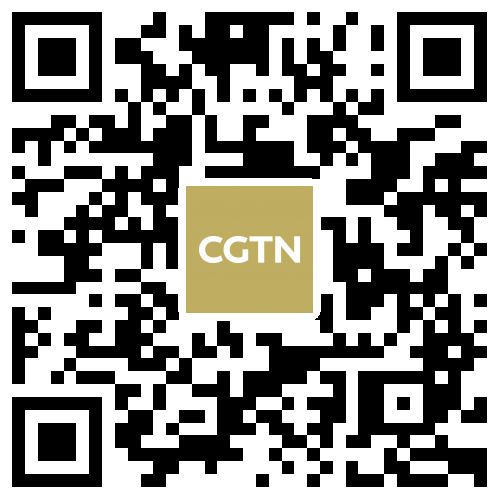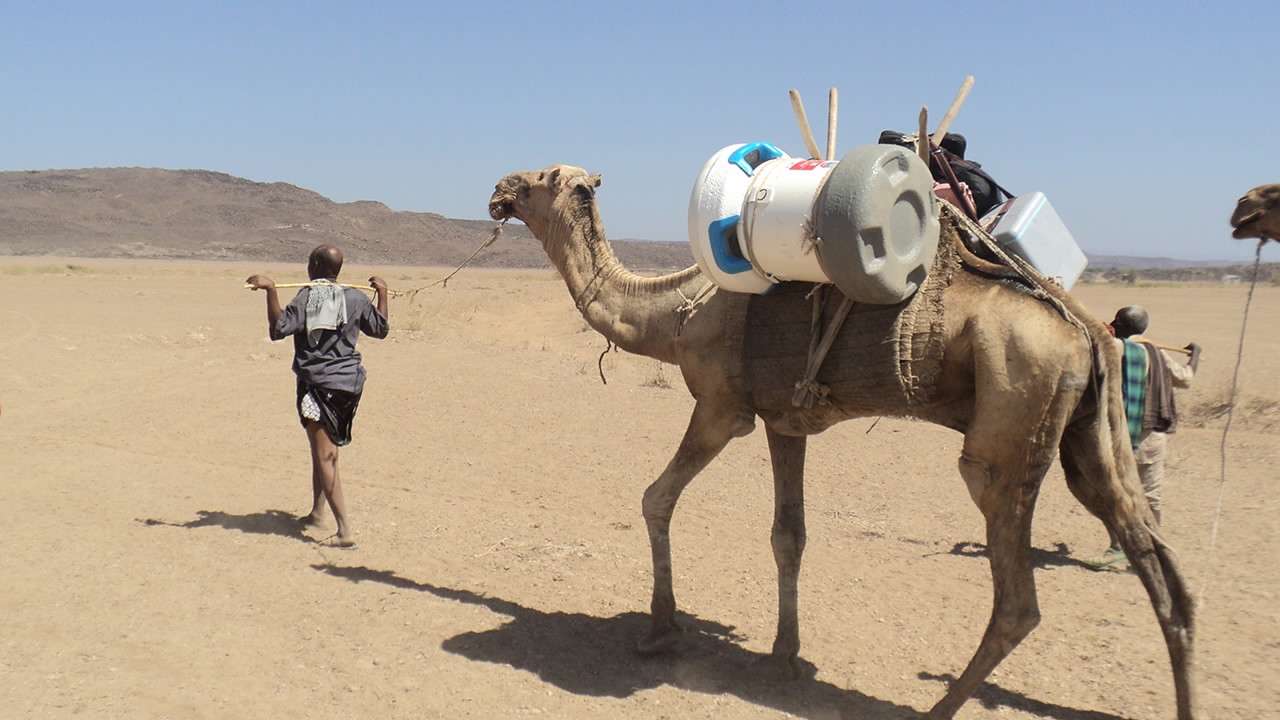
Tech & Sci
17:26, 22-Jan-2018
China’s ‘life bucket’ saves children in developing world
By Guo Meiping

In 2016, about six million children globally died before the age of five, said the World Health Organization (WHO). Two-thirds of them, about four million, died from vaccine-preventable diseases.
The majority of the mortality among children is in Sub-Saharan Africa. Not having the money to buy the vaccine used to be a problem, but now with the help from Gavi, The Vaccine Alliance, this problem has been alleviated.

About four million children died from vaccine-preventable diseases in 2016. /Photo via Bill & Melinda Gates Foundation
About four million children died from vaccine-preventable diseases in 2016. /Photo via Bill & Melinda Gates Foundation
“Now it’s about how can you get these vaccines to the children at the time they need it,” said Alex Ng, Deputy Director of Bill & Melinda Gates Foundation China Office, head of Health Innovation and Partnership.
In order to deliver vaccines from city centers to rural villages, a research project was launched by the Global Good, an innovation lab invested by Bill Gates, in 2008, which created a Passive Vaccine Storage Device (PVSD) that can transport the “life-saving straws” in a timely and temperature-controlled manner.
Named Arktek, the device is a collaborative work of the Global Good and Aucma, a refrigeration equipment supplier from Qingdao, eastern China's Shandong Province.
Arktek, the ‘life bucket’

The vaccine storage device has the shape of a bucket. It is 74.7 centimeters tall and 52.8 centimeters in diameter. Net weighted 22 kilograms, each Arktek has a weight of about 40 kilograms when fully loaded, similar to two pieces of luggage for international traveling.
Each bucket is equipped with three vaccine stacks, which can store vaccines enough for a community of roughly 6,000 people (number varies from types of vaccines).
Eight ice blocks are stacked against the inner wall to keep the inner temperature between zero to 10 degrees Celsius for over 35 days, even in hot climate conditions, according to the foundation. A sensor is located inside the bucket and inner temperature is shown on the thermometer near the mouth.
Arktek is made of the same kind of insulating material used in space, which is considered the best of its kind to keep things temperature-controlled. Thus, the PVSD doesn’t require any power source, making it independent like a normal fridge.
Although backed by strong technology, the manufacturing process was not easy since the bucket needs to be transportable in terms of weight, size, shape and durability.

Each Arktek is equipped with three vaccine stacks, which can store vaccines enough for roughly 6,000 people. /CGTN Photo
Each Arktek is equipped with three vaccine stacks, which can store vaccines enough for roughly 6,000 people. /CGTN Photo
“If it weighs a tonne, then it’s actually pretty useless, you can’t transport it,” Ng said, indicating there were also concerns regarding sizes of villages and how many vaccines are needed. “It’s not just the technology but also a lot of feedback from the frontline.”
In a CGTN interview, Ng recounted one specific mission of Arktek – the Ebola crisis in West Africa in 2014.
“At that time, WHO together with the CDC (Centers for Disease Control and Prevention of the US), purchased some Arktek to temporary store Ebola vaccines and materials they need to use for the field trials and emergency responses in West Africa,” Ng told CGTN Digital.
For this mission, Aucma made some modifications, so the bucket could store Ebola vaccines, which required a temperature of -80 degrees Celsius, different from regular vaccines.
One year after the success in the unfortunate outbreak in Africa, Arktek was repurchased by WHO and CDC, and put into service in Congo to tackle the Ebola virus.
China’s efforts in helping the developing world

The Gates Foundation will be focusing on working with academics and scientists in China in early science and discovery. /Photo via Bill & Melinda Gates Foundation
The Gates Foundation will be focusing on working with academics and scientists in China in early science and discovery. /Photo via Bill & Melinda Gates Foundation
According to Ng, the Gates Foundation has three missions in China. The first mission is to work with domestic partners for China issues such as tuberculosis, HIV/AIDS and tobacco control. Secondly, to support China as it becomes a stronger development partner, especially for African countries, in terms of improving health and reducing poverty.
The third mission is about innovation and R&D (research and development). “We see great potential of China being one of the innovation centers of the world, but not only innovating for itself, it can also innovate for the developing world.”
In addition to product innovation, the foundation is also supporting more “upstream” innovations from China to go to the world by working with academics and scientists in China in early science and discovery.
“I think this is also in sync with where China is heading over the next 10 to 20 years,” said Ng. “For us to do this, the result will come in a much longer time frame, but we think this is the best investment we are making now, and we are waiting to be rewarded in the future.”
7km

SITEMAP
Copyright © 2018 CGTN. Beijing ICP prepared NO.16065310-3
Copyright © 2018 CGTN. Beijing ICP prepared NO.16065310-3